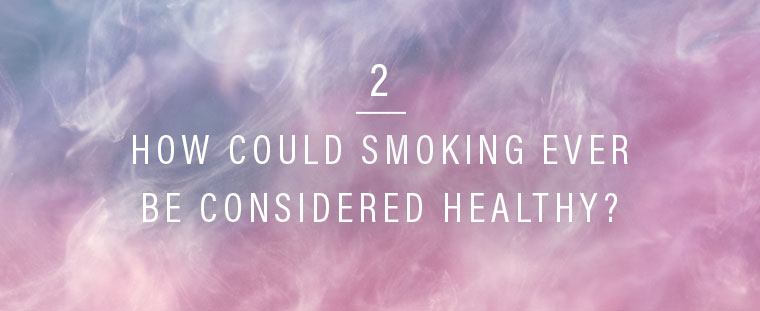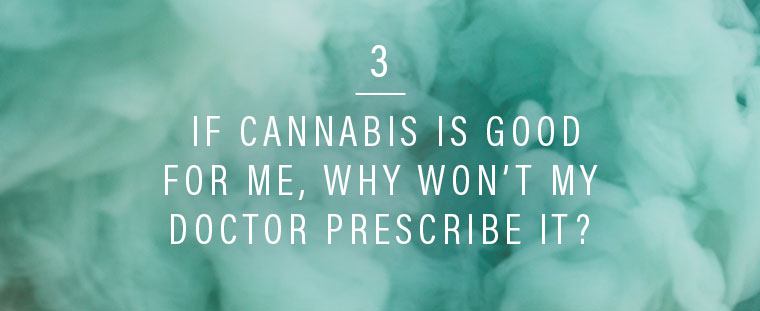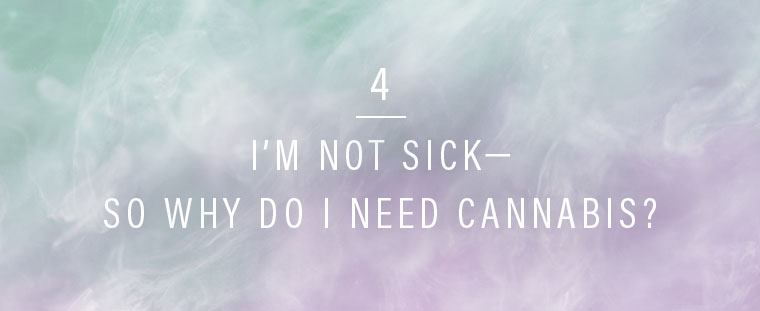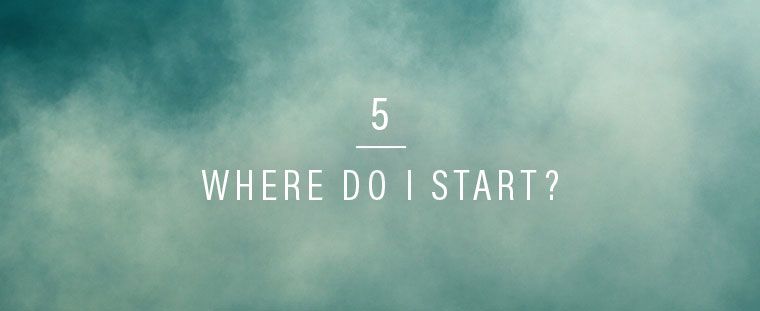The 5 burning questions women have about using cannabis for wellness, answered
Cannabis Feminist founder Jessica Assaf reveals the top concerns women have about using cannabis as a wellness product.

The scent of cannabis is very much “in the air” in California as we prepare for recreational legalization in 2018, and there are many women who believe cannabis is a powerful medicinal plant with vast potential for improving health and happiness (I happen to be one of them). But there are still a lot of women who are, shall I say, trapped in the cannabis closet—or are afraid of trying it at all.
There are still a lot of women who are trapped in the cannabis closet—or are afraid of trying it at all.
That’s why I moved to Los Angeles 10 months ago to launch Cannabis Feminist: to help people—especially women—feel more open to the idea that cannabis could help them.
We’ve made a lot of progress destigmatizing the plant and normalizing its use, but we have a long way to go before cannabis is perceived as a mainstream wellness product. It starts with consistent and simple education about cannabis and how to (safely and effectively) use it.
Keep reading for the questions women always ask me about incorporating cannabis into their wellness routines.

1. Do I need to “get high” to experience the benefits of cannabis?
The short answer is: no!
The long answer is a lot more scientific. Basically, there are many aspects of cannabis that are non-psychoactive. The reason cannabis affects the human body and creates “the high” is because our bodies have an endocannabinoid system (stay with me here), made up of receptors in the brain and nervous system that control physiological processes including appetite, pain sensation, mood, and memory. The endocannabinoid system is often thought of as a bridge between the body and mind.
THC is the only cannabinoid that has psychoactive effects.
The cannabis plant has 113 known cannabinoids (chemical compounds that trigger neurotransmitter releases in the brain). The one people usually talk about is tetrahydrocannabinol (THC), and it’s the only cannabinoid that has psychoactive effects. That means there are over one hundred active cannabinoids in cannabis that work with our bodies but don’t impact our minds at all. One of these, cannabidiol (CBD), has proven to be extremely effective in treating inflammation, anxiety, pain, epilepsy, and many other conditions. CBD can even be used after THC to “calm down” the high.
If you’re nervous about cannabis’ psychoactivity, I recommend starting with a whole-plant extract like CW Hemp. It comes from the hemp plant and is legal nationwide.
2. How could smoking ever be considered healthy?
One of the biggest barriers to promoting cannabis as wellness is the smoking aspect of the cannabis experience. Smoking, as you’ve gathered, will never be perceived as healthy. The good news is that there are so many new cannabis wellness products on the market, you don’t need to light up in order to reap the benefits.
Products like vapes, tinctures, topicals, and healthy edibles avoid the smoke completely. Vaporizers are great tools because they allow you to inhale cannabis by toasting the plant without burning it. Brands like Hmbldt are changing the vape game with their pre-measured dose pens, and PAX‘s vape products are not only clean, but the oils are sourced responsibly and with sustainability in mind.
For tinctures, I reach for products from Medicine Box and Emerald Alchemy. I also love the Paleo edibles by Moonman’s Mistress and the topicals by Apothecanna and Foria.
3. If cannabis is good for me, why won’t my doctor prescribe it?
The reality is, we don’t have enough scientific research and clinical trial data to make cannabis a household medicine. Cannabis has a complicated, often dark history, so it comes with a major stigma. In fact, it’s still classified by the US government as a Schedule 1 Drug with “no perceived medicinal benefits”—while at the same time, the government owns a patent that claims cannabis is a neuroprotectant and antioxidant. Like I said, it’s complicated.
We don’t have enough scientific research and clinical trial data to make cannabis a household medicine.
Studies have shown that cannabis can help quell inflammation, reduce tumor growth, ease chronic pain, treat insomnia, and dial back stress. Anecdotally, women regularly use it to relieve conditions like headaches, depression, PMS- and menopause-related discomfort, and so much more. That’s why it’s up to us as consumers, citizens, and conscious humans to listen to our bodies and be open to the healing potential of plant medicine.
4. I’m not sick—so why do I need cannabis?
People often tell me that they won’t try cannabis until they’re sick. They acknowledge that the plant has medicinal benefits, but don’t see the use of partaking while healthy. In response, I say that cannabis has taught me that health isn’t just a physical state, but also a state of mind. We can (and, in my opinion, should) use cannabis when we’re sick and healthy because we can always feel better.
Even if you haven’t been diagnosed with a clinical condition, cannabis can provide balance when you’re feeling stressed, anxious, overworked, fatigued, or lonely. In this way, cannabis is a supplement—more vitamin than drug.
5. I used to use cannabis when I was a teenager, but it’s so different now. Where should I start if I want to try it again?
The cannabis industry has definitely come a long way since the age of apple bongs and psychedelic pipes—it’s huge that we can even call it an industry. The imbibing options are myriad, but that doesn’t mean they have to be overwhelming.
The key is to use cannabis mindfully, with intention and careful consideration.
Start by asking yourself why you want to use cannabis. If you don’t have any major medical issues but want to relieve stress or anxiety, I’d say start with a vaporizer or tincture. If you choose to try vaping the plant, use a strain like Blue Dream, a hybrid that promotes euphoria and bliss. Take one deep breath, then wait five minutes and see how you feel before taking another breath. Notice the little changes in your mind and body and relax completely before trying more. The key is to use cannabis mindfully, with intention and careful consideration.
After 10 years in the nascent natural beauty industry, Jessica Assaf went to Harvard Business School thinking she’d come out with a next-level beauty idea—instead she graduated with a plan for revolutionizing the cannabis product industry, with women at the helm. Now she’s one of thousands of other entrepreneurs who are cultivating the plant as a wellness ingredient, and founder of Cannabis Feminist, a go-to for (ridiculously fascinating) intel on the movement.
If you’re nervous about trying CBD for the first time, let one skeptical Well+Good writer be your guinea pig: Here’s what happened when she tried cannabis drink powders to combat anxiety, pain, and fatigue. (Bonus: It could totally spice up your love life.)
Sign Up for Our Daily Newsletter
Get all the latest in wellness, trends, food, fitness, beauty, and more delivered right to your inbox.
Got it, you've been added to our email list.














